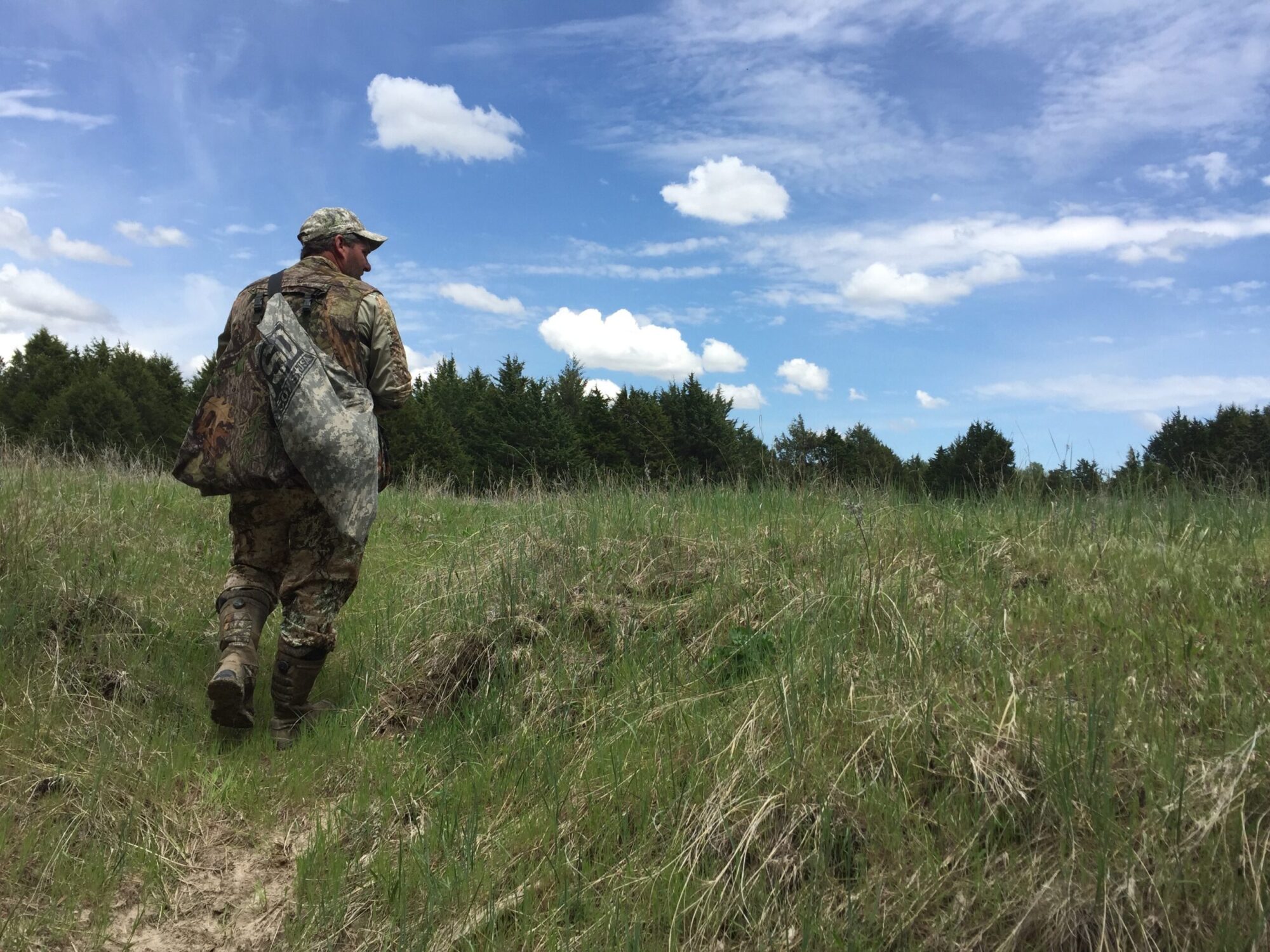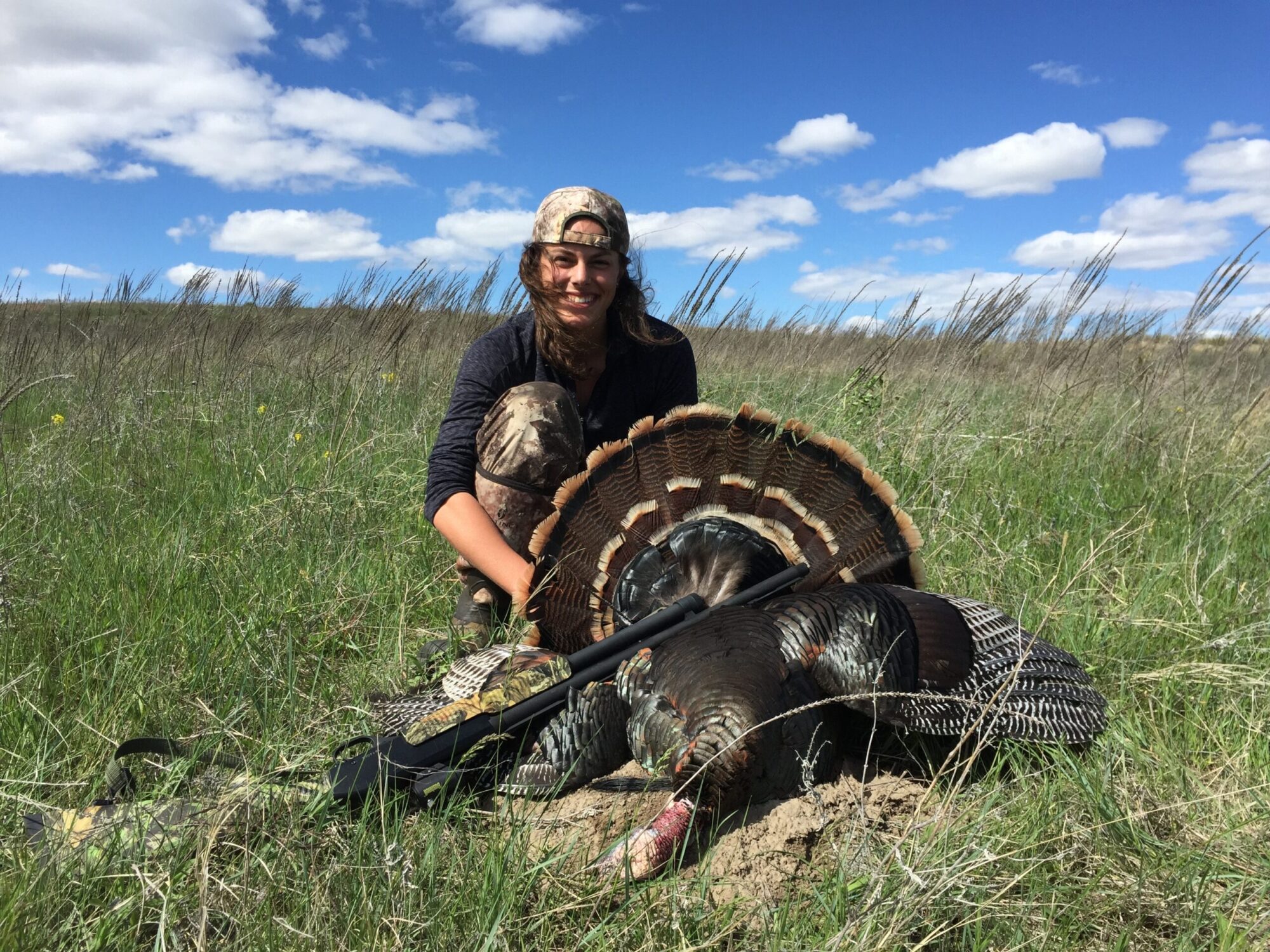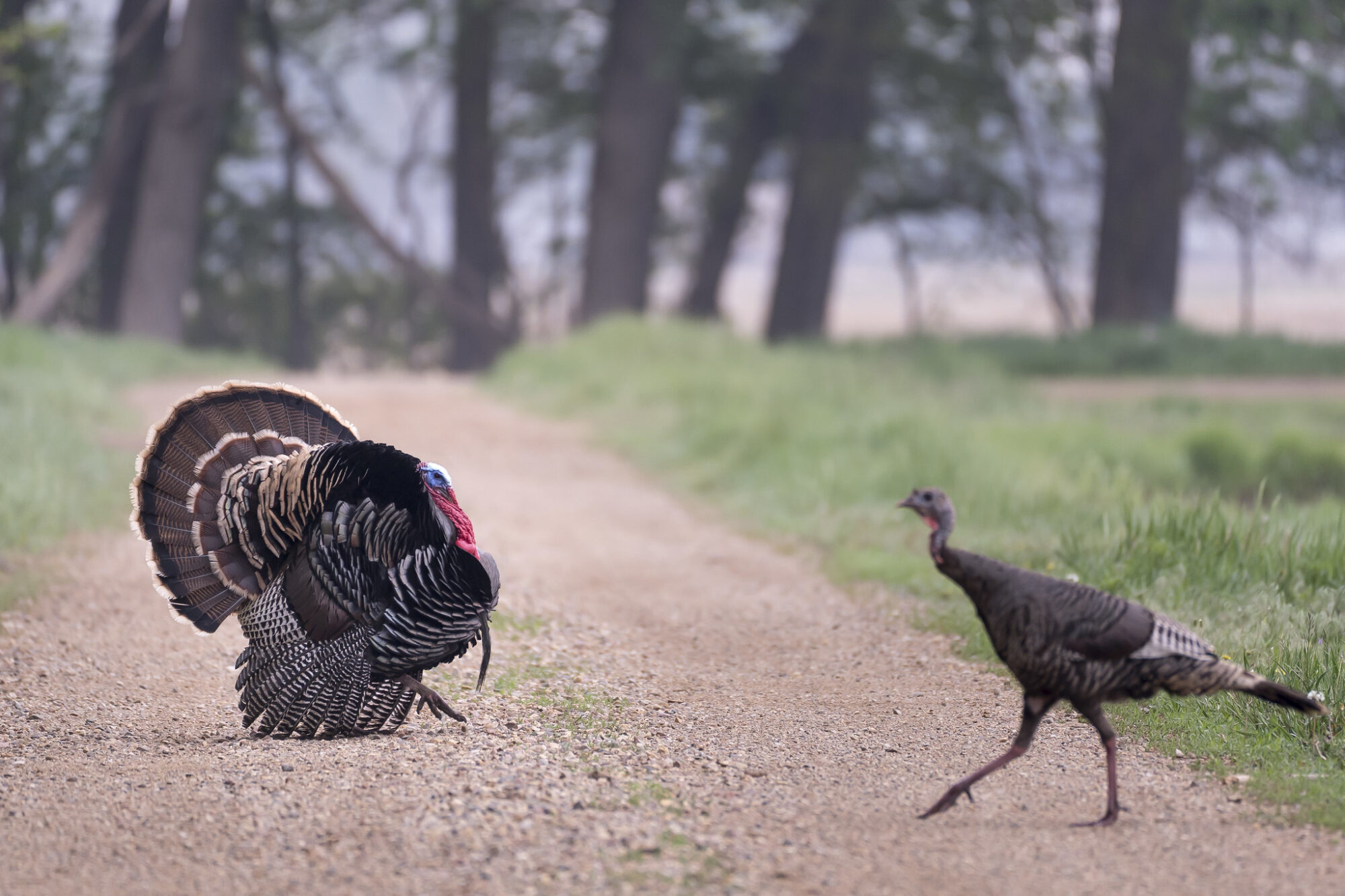Not many seasons ago, the Great Plains states of Nebraska, Kansas, and Oklahoma were revered as turkey hunting hotspots. There were booming gobbler numbers, plenty of places to hunt, multiple tags, and three different subspecies to target in the region. But as turkey populations continue trending downward in recent years, the glory days of Great Plains turkey hunting seem to be over. Hunters are seeing the impact firsthand through season closures and tag reductions.
On April 27, the Kansas Wildlife and Parks Commission voted unanimously to suspend the fall turkey season for the foreseeable future. This will mark 2023 as the first year that Kansas has not had a fall hunting season for wild turkeys during the modern turkey-restoration era. And this regulatory change is just many more that could be coming for the region.
Turkey Population Decline in Kansas
The first fall turkey hunt in Kansas took place in 1979 and was archery-only. The first fall firearms season opened two years later. At the time, Kansas had received 125 Rio Grande turkeys from Texas as part of a successful reintroduction effort. Fall harvest numbered from 4,000 to 6,000 birds from 2001 to 2010.
Kent Fricke, small game coordinator for the Kansas Department of Wildlife and Parks, estimates that the state’s turkey population peaked in 2008. He says the state doesn’t have a current population count, but he knows that during the last 15 years, the overall bird population has dropped by an estimated 50 to 60 percent. He calls this decline “consistent, and at times, dramatic.”
“We’ve been having the discussion about the fall season with the [Kansas Wildlife and Parks Commission] for the last several years, since 2016 or 2017,” Fricke tells Outdoor Life. “At that time we started recommending the closure of the fall seasons in some of our hunt units. But there were still a significant number of hunters using that season and still a relatively significant number of turkeys being harvested.”
In the last five years, however, both the number of fall turkey hunters in Kansas and fall harvest rates have gone down, Fricke says. Importantly, hens (which were legal to harvest in the fall season) often comprised most of the fall harvest. This created more pressure on poult production, which was already struggling.
“We believe that the primary cause of turkey decline is low production across the state,” Fricke says. “[Due to] the importance of hens in that production, we felt it was important to recommend the closure of the fall season.”
The cancelation of the fall season in Kansas isn’t the only recent regulation change. Spring bag limits in the north-central and northwestern regions of Kansas decreased from two turkeys to one starting in 2024. The rest of the state was already operating under a one-bird limit. The Commission also established regional quotas for nonresident spring tags: 9,700 will be available statewide. Fricke says such quotas were set to reduce nonresident hunting pressure by about 25 percent. The future might even include a draw system for nonresidents. The Commission will vote on the draw at its next meeting on June 22.
Kansas wildlife managers are asking the same questions as biologists in other parts of turkey country where populations are declining. Why is poult production so low? Is nest predation the problem? Drought? More extreme weather events and harsher seasonal changes?
“In short, we’re not totally sure. Because the turkey is a ground-nesting bird, there are a lot of things that impact production, and they likely interact over space and time,” Fricke says. “Certainly predators have always been a source of nest or poult loss, and that’s true for every upland nesting or ground bird out there. But more importantly, weather and environmental conditions [are changing]. We have also seen losses in habitat quantity and habitat quality.”
Turkey Population Decline in Nebraska

In Nebraska, 10,000 spring permits were available to nonresidents for the 2023 season. This is a departure from the previously unlimited nonresident permit availability. Hunters may only purchase two spring permits instead of the traditional three. A daily one-bird bag limit was also established, according to NWTF. In the fall, hunters are only allowed one permit apiece.
The University of Nebraska-Lincoln’s Applied Wildlife Ecology and Spatial Movement Lab, known as the AWESM Lab (which sounds exactly like it reads), is determined to develop solutions for the region’s turkey population problem. Like Kansas, Nebraska is seeing a turkey population decline, says AWESM lab director Andrew Little. Subsequently, hunter harvests are also declining, according to data collected by the Nebraska Game and Parks Commission.
The Nebraska wild turkey population peaked around 2009, according to the NWTF. Since then, an estimated 45 percent of the state’s birds have disappeared.
Enter the $1.8-million, 4.5-year Nebraska Wild Turkey Research Project.
Launched in January 2023, the project directs funds from the NGPC, the NWTF, and other sources toward wild turkey research. Everything from food source selection to gobbling patterns during different times of the year will be researched. But the most pressing inquiry is related to turkey population dynamics.

“We always want the ‘Easy Button’ option to solve wildlife problems, but it’s very complex,” Little says. “As with any game bird, quail or pheasant, a lot of them deal with habitat loss, predation, and other things that can affect the population over time. So that’s the genesis of the project.”
Researchers will attach GPS transmitters to 360 turkeys in the northwestern and southwestern parts of the state. Every 15 minutes throughout the day, the transmitters send information to receivers for researchers to analyze, Little explains. The goal is to better understand why turkey production is so low—and how to bring it back up again.
“Production is a key piece of the puzzle. We really have to be able to get those eggs hatched, get them through the brood stage, then to the adult stage of life,” Little says. “That’s the big challenge.”
Turkey Population Decline in Oklahoma

Of all the Great Plains states, Oklahoma turkey hunters saw the most shocking bag limit reduction, from three birds to one, following a June 2021 decision from the Oklahoma Wildlife Conservation Commission. The Commission also voted to start the spring season 10 days later than normal.
Similar to Kansas, Oklahoma saw its best turkey hunting in the early 2000s. According to a report by the Oklahoma Department of Wildlife Conservation, the banner year for turkey hunting was 2003, when an estimated 75,000 hunters took about 42,000 birds. In 2021, an estimated 60,000 hunters harvested about 19,000 birds.
“The drought in 2011 and 2012 hit and really started affecting turkey numbers,” Southwest Region wildlife supervisor Rod Smith said in the report. They didn’t really rebound after that. In the last three to four years, numbers have gone down dramatically.”
In 2016, the estimated Oklahoma turkey population was just under 100,000. In 2022, the estimate was 70,000 birds statewide, a drop of about 30 percent in six years, according to the ODWC report.
More research is coming to the Sooner State, as Oklahoma State University and Texas A&M University-Kingsville launched extensive research projects in January 2022.
“In the end, this major research project will help provide a better understanding into the cause of the current wild turkey population decline, and will add to the collective science and best management practices for wild turkey management in Oklahoma and across the nation,” the report reads.
Until then, Great Plains turkey hunters will have to deal with decreased tags and shortened (or canceled) seasons.
